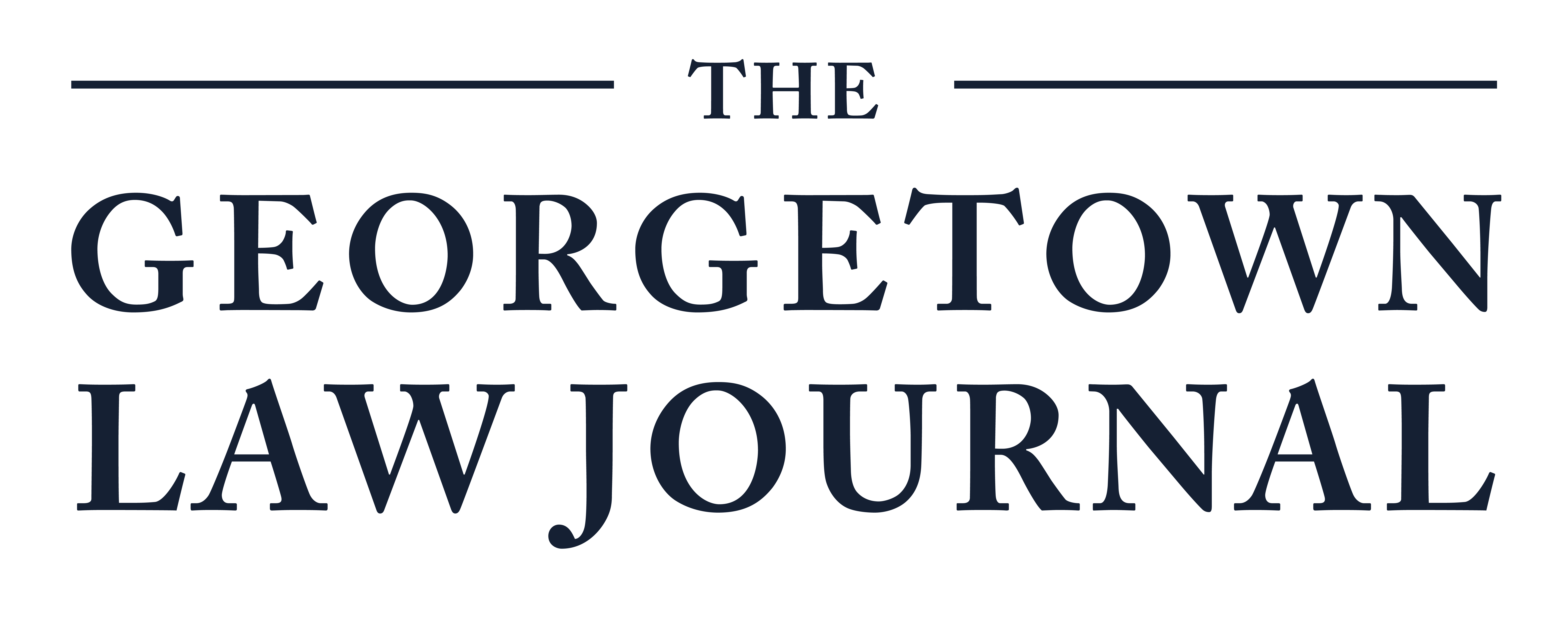The Reality of the Good Faith Exception
The Fourth Amendment’s primary remedy is the exclusion of unlawfully obtained evidence at trial. But not every defendant whose rights are violated gets a remedy. The most substantial obstacle for defendants is the good faith exception, which directs courts to admit unlawfully collected evidence if the police can show they relied in good faith on existing authority. If the police rely on a statute that turns out to be unconstitutional or on a warrant or precedent that turns out to be invalid, the evidence they obtain will nonetheless be admitted under the good faith exception. The Supreme Court has justified this doctrine on the grounds that excluding evidence is only worthwhile if it deters misconduct by police officers. When officers rely in good faith on existing authority, the Court has found that there is no misconduct to deter, and exclusion is unjustified. We challenge this conventional account of the good faith exception in several ways. First, we conduct the first large-scale empirical study of the good faith exception. We reveal how often courts use the exception, demonstrate that courts frequently employ it to avoid substantive constitutional rulings, and identify the sources police most frequently rely on when they make good faith exception claims. We then examine the impact of the exception following a major Supreme Court decision expanding Fourth Amendment rights. Second, we demonstrate that the Supreme Court has badly misconceived the incentives its good faith exception rulings create for police officers. Current law incentivizes police and prosecutors to aggressively interpret old legal authorities to permit the collection of new forms of data and to collect as much data as possible before courts impose a warrant requirement. We identify these incentives and propose reforms to align them with meaningful constitutional protections for personal data. Finally, we examine how the good faith exception destabilizes the Fourth Amendment as a source of constitutional rights. While certain applications of the exception are compatible with a robustly enforced Fourth Amendment, others strike at the heart of the Amendment’s protections. The current good faith exception blocks any meaningful remedy for several core violations of the Fourth Amendment, including those targeted by the Framers of the Constitution. It motivates judges to avoid addressing substantive Fourth Amendment questions and contributes to the stagnation of constitutional law. It introduces arbitrariness and inequity into constitutional remedies, insulating discretionary police behavior from review in a manner likely to harm groups disproportionately targeted by the police. And it implicates separation of powers values, preventing the judiciary from acting as an effective structural check on executive or legislative overreach. The Article’s analysis, both empirical and theoretical, aims to spur a comprehensive reexamination of the good faith exception.
Continue reading The Reality of the Good Faith Exception.
